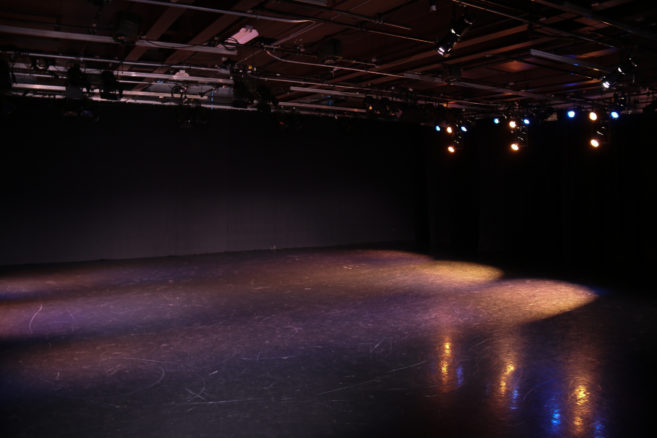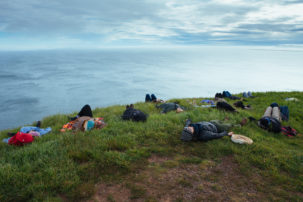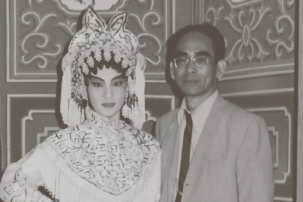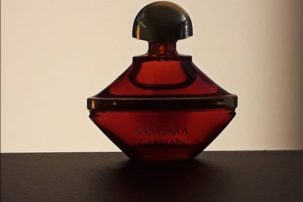Art is my best friend. It has never let me down through tough and good times. We have remained united. I thank the Creator daily for this gift, the gift of art. —George Littlechild
With my art practice and my paintings, I am trying to imagine a world where colonialism hasn’t touched my life in some way. I am trying to imagine a world that is like the feeling I get when my aunt says to me “Oki Miinaki” instead of addressing me in English, or the sound of Blackfoot Elders laughing together after telling a joke in our language—feelings that are fleeting glimpses into a world I don’t yet know. My practice is born of outrage at the tremendous loss I feel because of what the child welfare system took from me, what residential schools robbed from my parents and at the refusal of settlers to acknowledge the Indigenous loss of culture that built this country called “Canada.” I’ve tried to make art completely free of colonialism’s impact on me, but the truth is I feel too entangled in its effects to truly be able to say that I have. My work sits somewhere between colonialism’s ongoing impact and imagining a future beyond it.
Because my art represents the taxing process of demanding justice and trying to build something away from colonial structures, I’ve had many encounters with Canadian media. I’ve often told my story in the hopes of transforming settler colonialism, and I’ve shared how the destructive actions of the Canadian state have affected my family, recently with CTV Edmonton, for instance. The day after the interview, I read a narrative that was far from my own story—one that depicted Indigenous peoples as victims. (It’s a common occurrence.) I’ve given in to victim narratives myself, in a naive attempt to get Canadians to sympathize with Indigenous struggle. As a consequence, I’ve sometimes had to give up my agency to tell my true story. Historically, settlers either idealized or despised Indigenous people: capturing our faces without our names, telling our stories without our consent and using our images to reinforce pan-“Indian” ideas of who we were. Settler representations of Indigenous peoples are repeated forms of the many colonial misunderstandings of Indigeneity. My experiences with media are similar: settlers control the narrative of Indigenous artists and confine them to their trauma. But having my experience traded in for a cheap sob story I didn’t sign up for is one of the reasons my art practice has developed in the way it has.
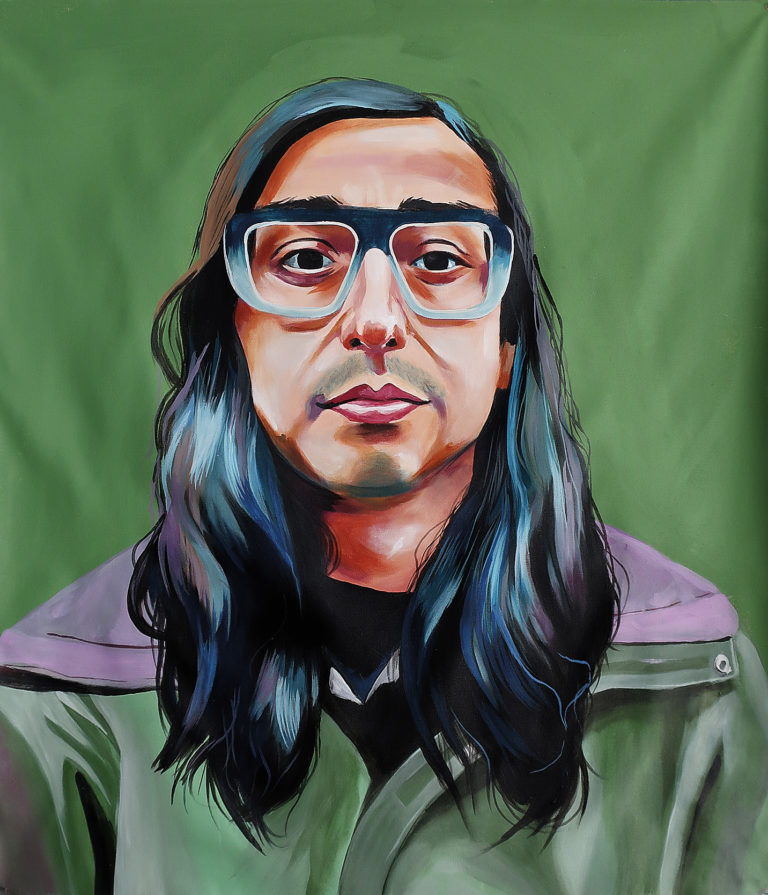 Lauren Crazybull, John, 2019. Acrylic on canvas, 97.2 x 80 cm.
Lauren Crazybull, John, 2019. Acrylic on canvas, 97.2 x 80 cm.
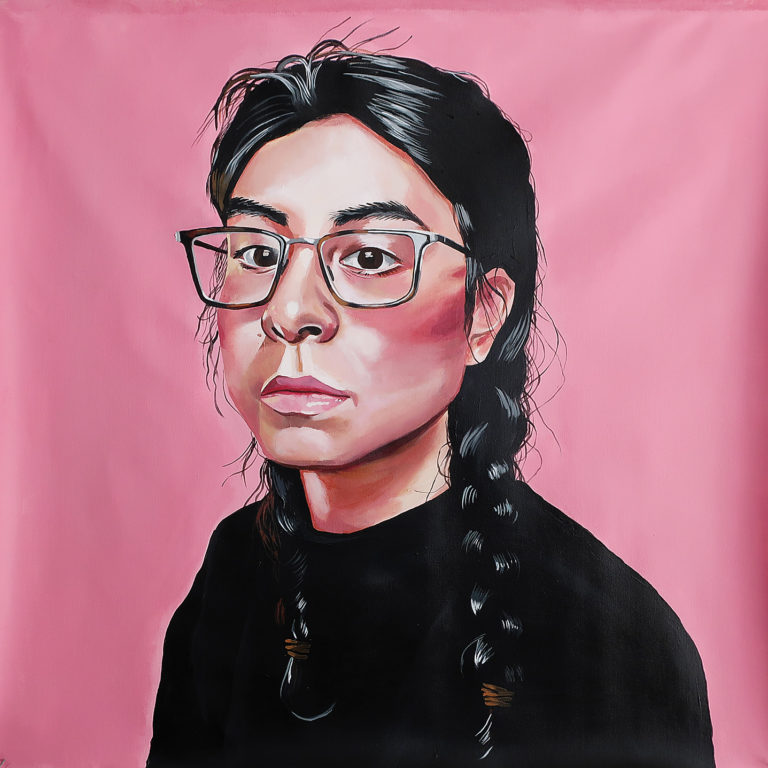 Lauren Crazybull, Self, 2019. Acrylic on canvas, 91.4 x 91.4 cm.
Lauren Crazybull, Self, 2019. Acrylic on canvas, 91.4 x 91.4 cm.
Lately, my work has exclusively featured peoples Indigenous to so-called Canada. When I began painting my latest series of portraits, I wanted to challenge our ideas of who is being viewed (such as Indigenous peoples) and who is doing the viewing (often presumed to be settlers). In Western portraiture, especially in portraits of Indigenous peoples, the sitter is often at the mercy of the audience, which creates an uneven power dynamic. All the sitters in my work are Indigenous, so I have to reconsider this dynamic. In many of my compositions, the sitters stare straight at the viewer, interrogating the gaze cast onto them. I work with portraits to talk about representations and understandings of Indigeneity—and not in a Native-person-represented-in-your-local-university’s-pamphlet-to-showcase-diversity kind of way.
The people I paint all have a deep and profound humanity that deserves space; each has a personal power that I negotiate to bring these images into existence. The process of my work begins with building trust—I don’t want to recreate a colonial dynamic between me and those who put faith in me with their image. Building a practice that prioritizes kinship, trust and dignity helps me create new relationships between myself (the artist) and the sitter. I have chosen my subjects because they matter to me. I don’t deny our relationships. By centring my relationship to the sitter, I not only create a representation of them, but also a portrait of myself. Similarly, journalists who choose to depict Indigenous folks as victims create portraits of their own colonial biases. Whom, and what, journalists represent is revealed by the persistent colonial narratives that skew the intent and meaning of Indigenous artists’ work.
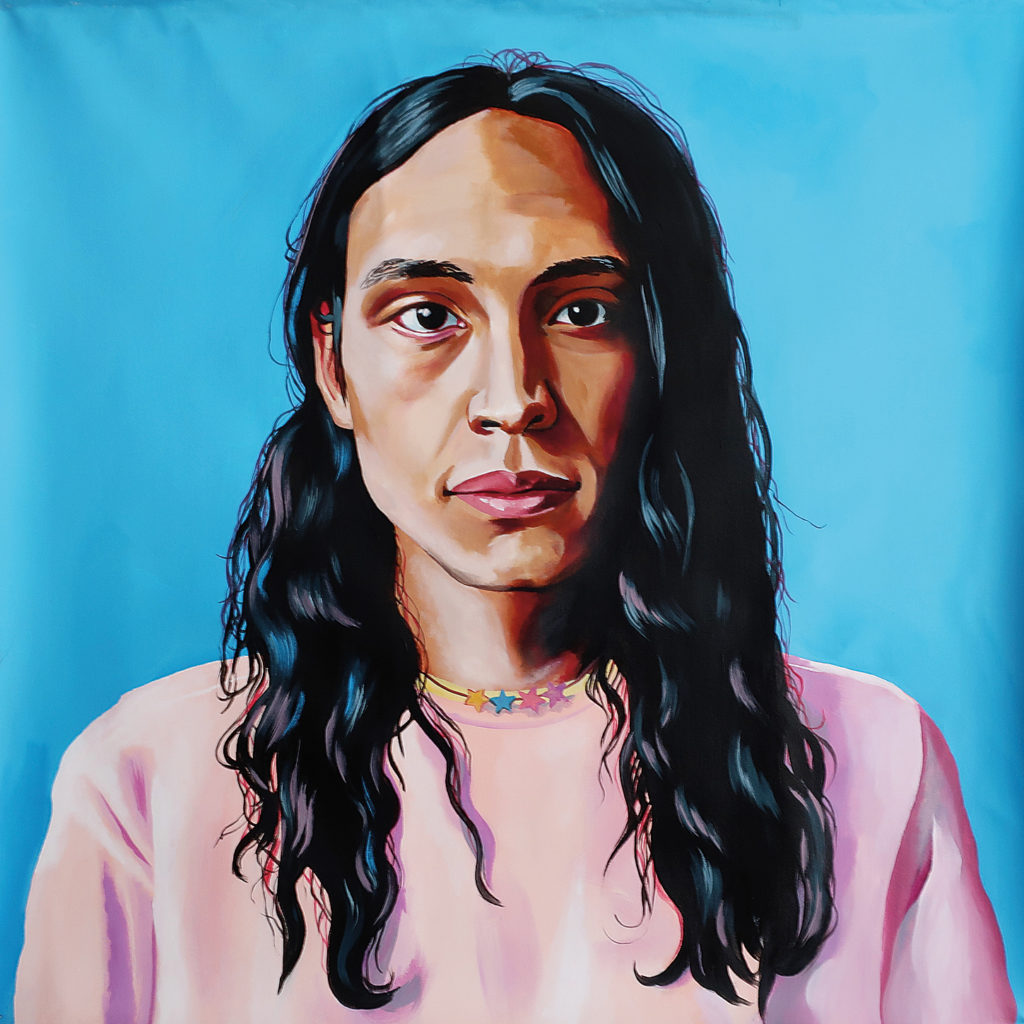 Lauren Crazybull, Seth, 2019. Acrylic on canvas, 92.7 x 94 cm.
Lauren Crazybull, Seth, 2019. Acrylic on canvas, 92.7 x 94 cm.
I was brought up in a place where self-determined images of Indigenous peoples weren’t around, which made for a destructive idea of Indigeneity for my younger self. I thought being Niitsitapi and Dene was a burden—and the white folks around me did nothing but reinforce this idea. But when Kent Monkman said recently, “I use the vocabulary of painting. That’s my chosen language. It’s something that’s accessible to everybody. The elderly, the young, people of whatever cultural background—they can all read a representational image,” I felt that. Even with the many hurdles Indigenous folks have before them, when it comes to reclaiming language we still find ways to speak for our ourselves. Painting is a chance to create and control our own narratives and build our own futures. Who else could tell our stories better?

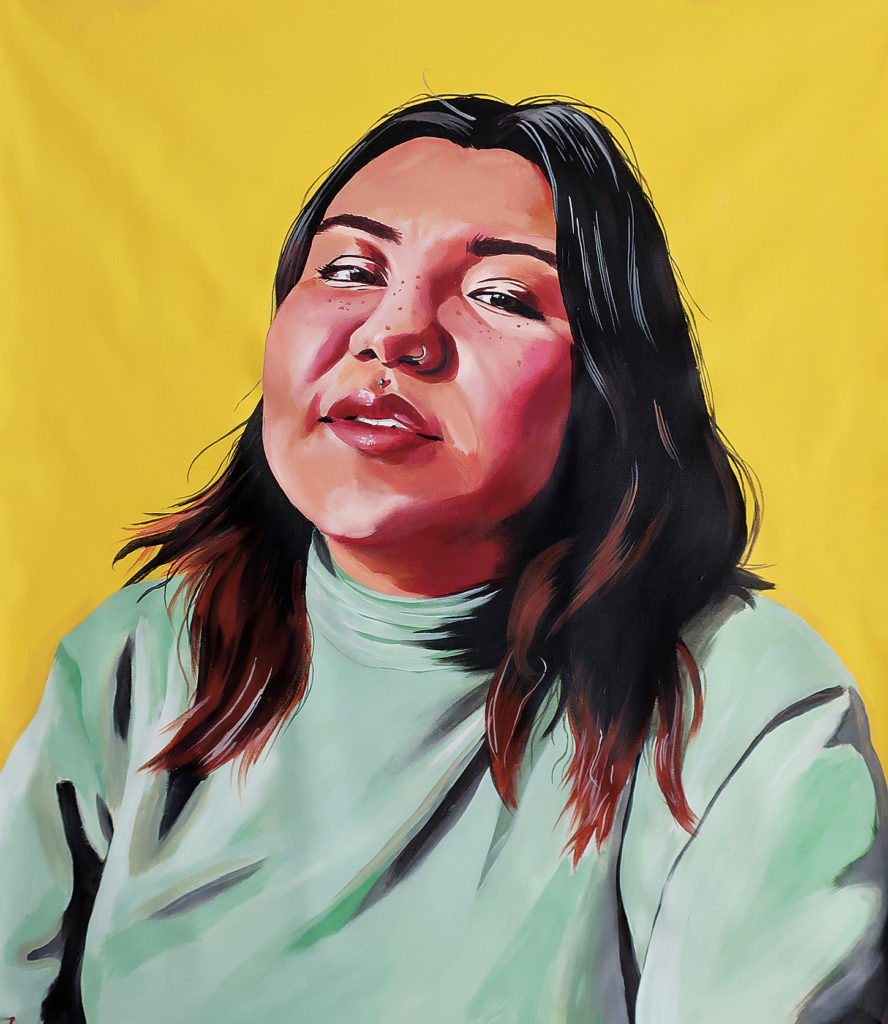 Lauren Crazybull, Maria, 2019. Acrylic on canvas, 91.4 x 78.74 cm.
Lauren Crazybull, Maria, 2019. Acrylic on canvas, 91.4 x 78.74 cm.
